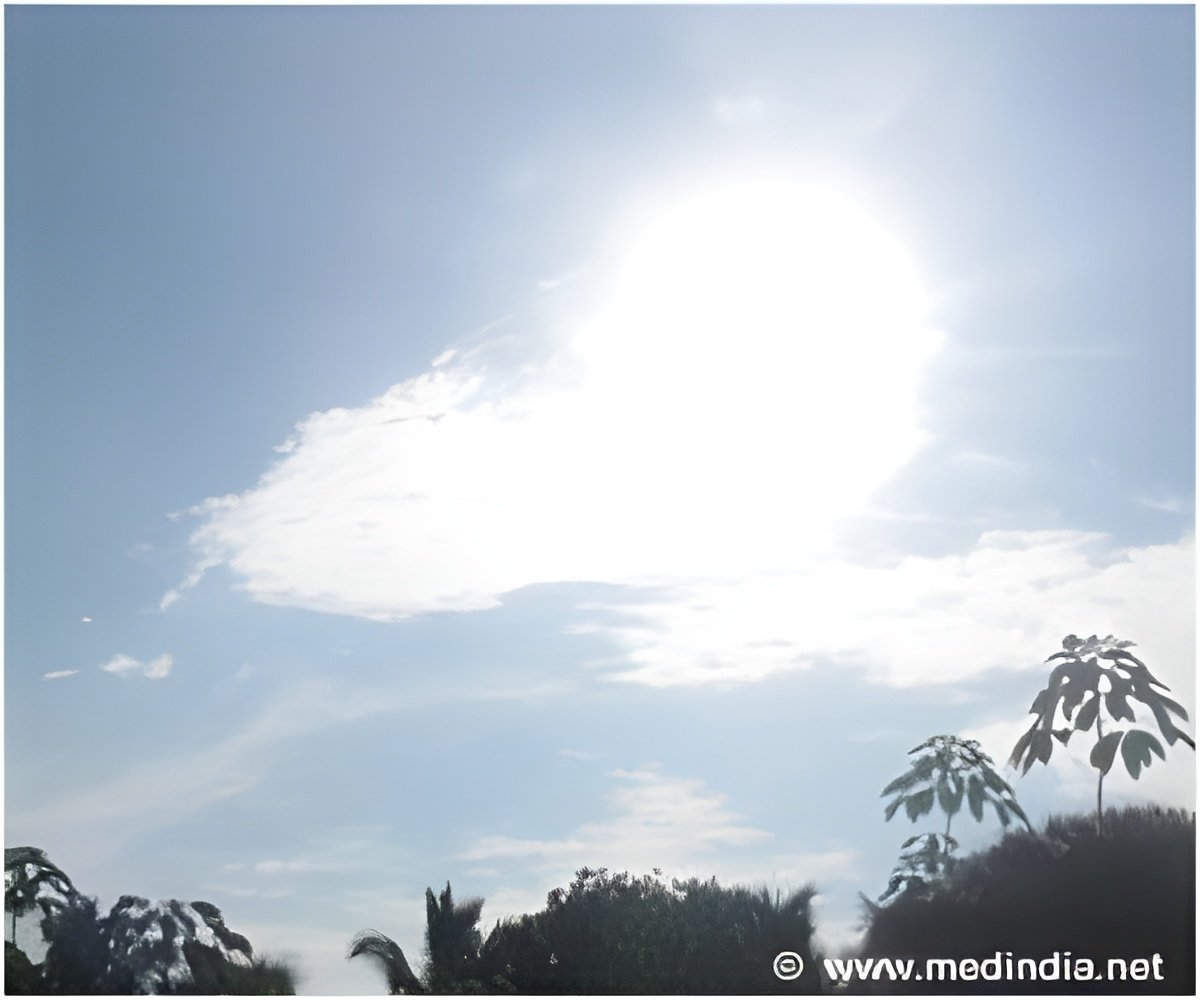
While earlier, the astronomers had measured spins and ages of only two Sun-like stars, they are now presenting the gyrochronological ages of 22 Sun-like stars.
To measure a star's spin, astronomers look for changes in its brightness caused by dark spots, known as starspots, crossing the star's surface. By watching how long it takes for a spot to rotate into view, across the star and out of view again, we learn how fast the star is spinning.
do Nascimento and his colleagues using NASA's Kepler, a spacecraft which excels at such exacting brightness measurements, and found that the Sun-like stars in their study spin once every 21 days on average, compared to the 25-day rotation period of our Sun at its equator.
Younger stars spin faster than older ones because stars slow down as they age, much like humans. As a result, a star's rotation can be used like a clock to derive its age. Since most of the stars the team studied spin slightly faster than our Sun, they tend to be younger too.
Since stars and planets form together at the same time, by learning a star's age we learn the age of its planets. And since it takes time for life to develop and evolve, knowing the ages of planet-hosting stars could help narrow down the best targets to search for signs of alien life. Although none of the 22 stars in the new study are known to have planets, this work represents an important step in the hunt for Sun-like stars that could host Earth-like planets.
Advertisement
Source-ANI








